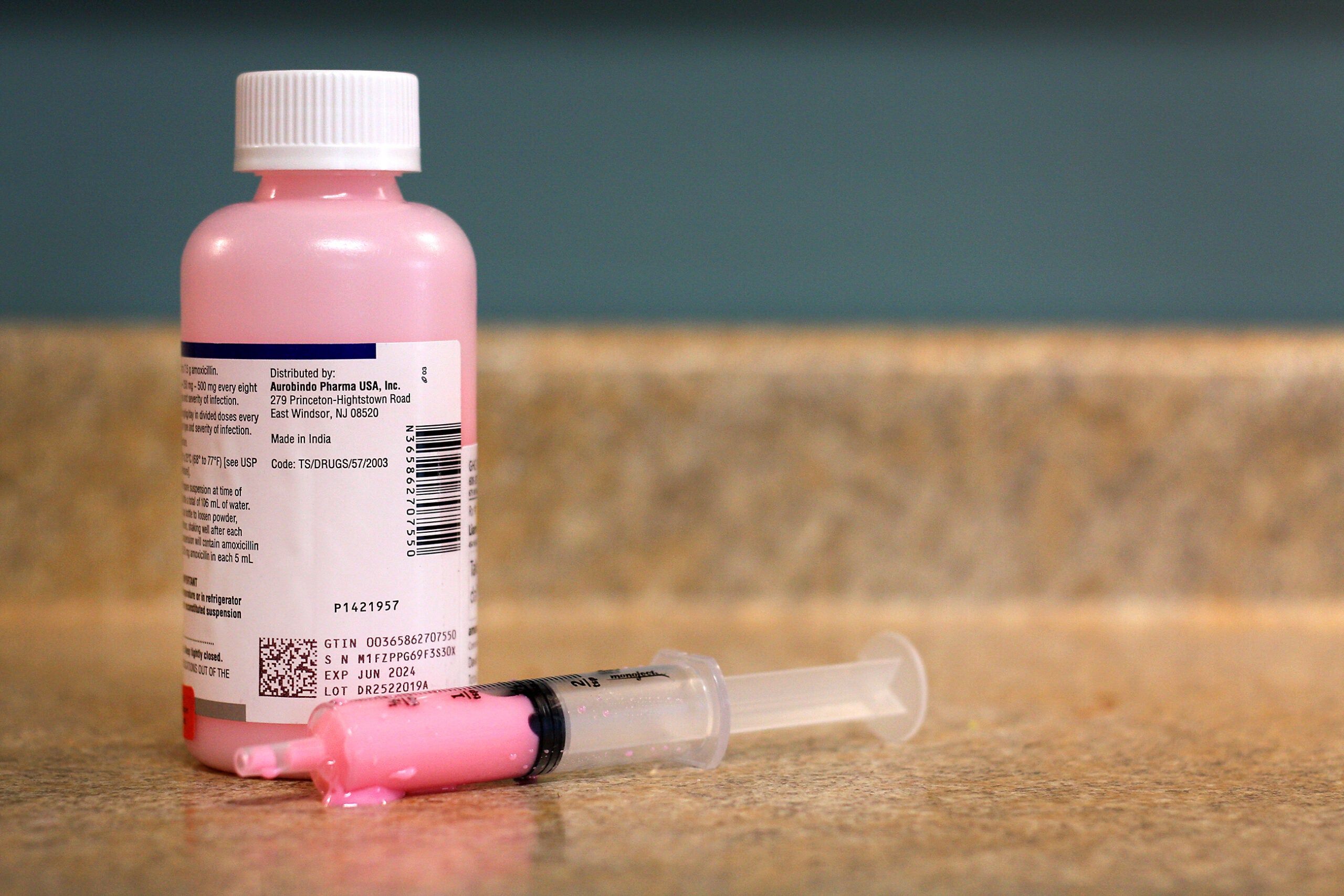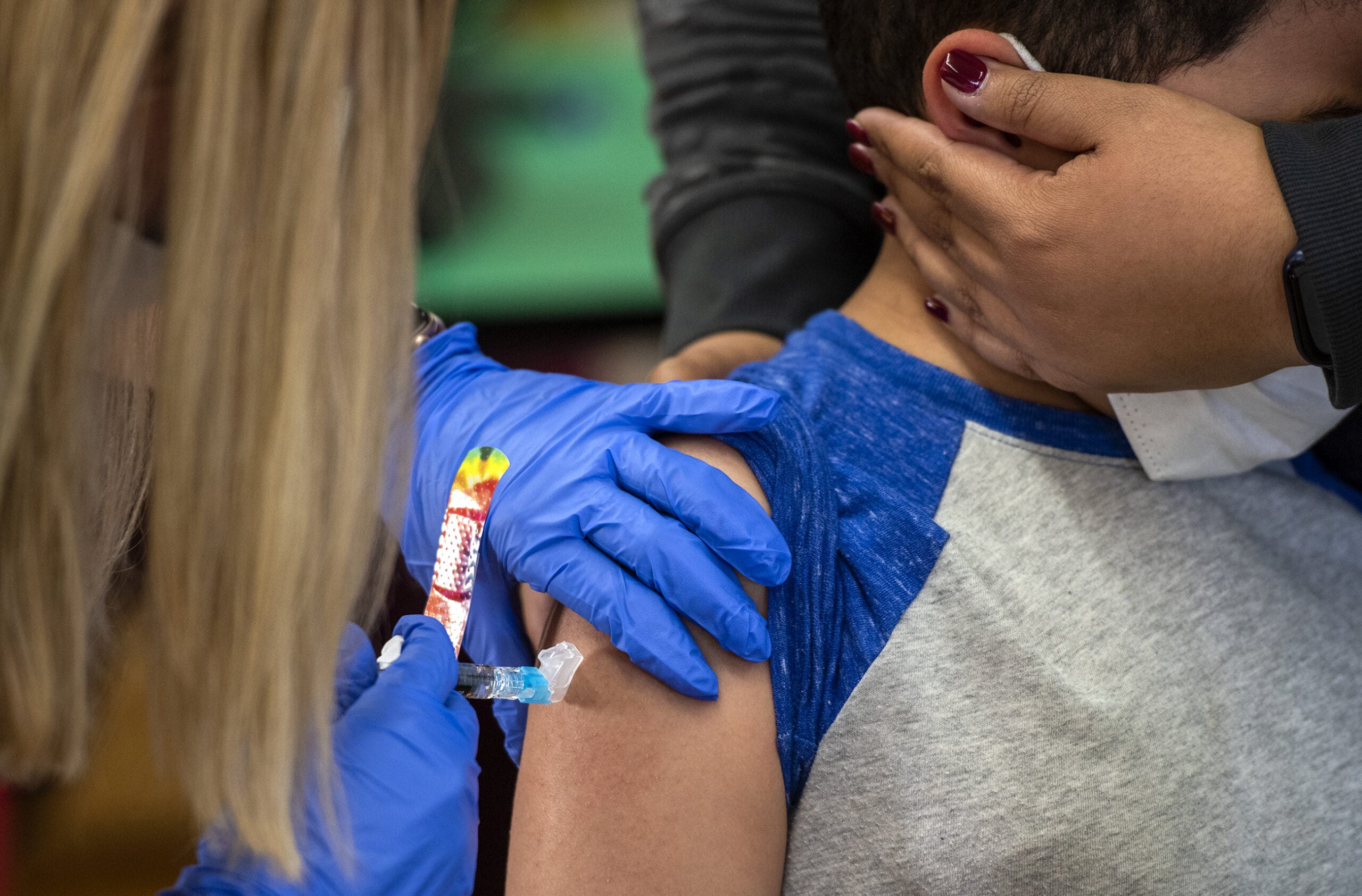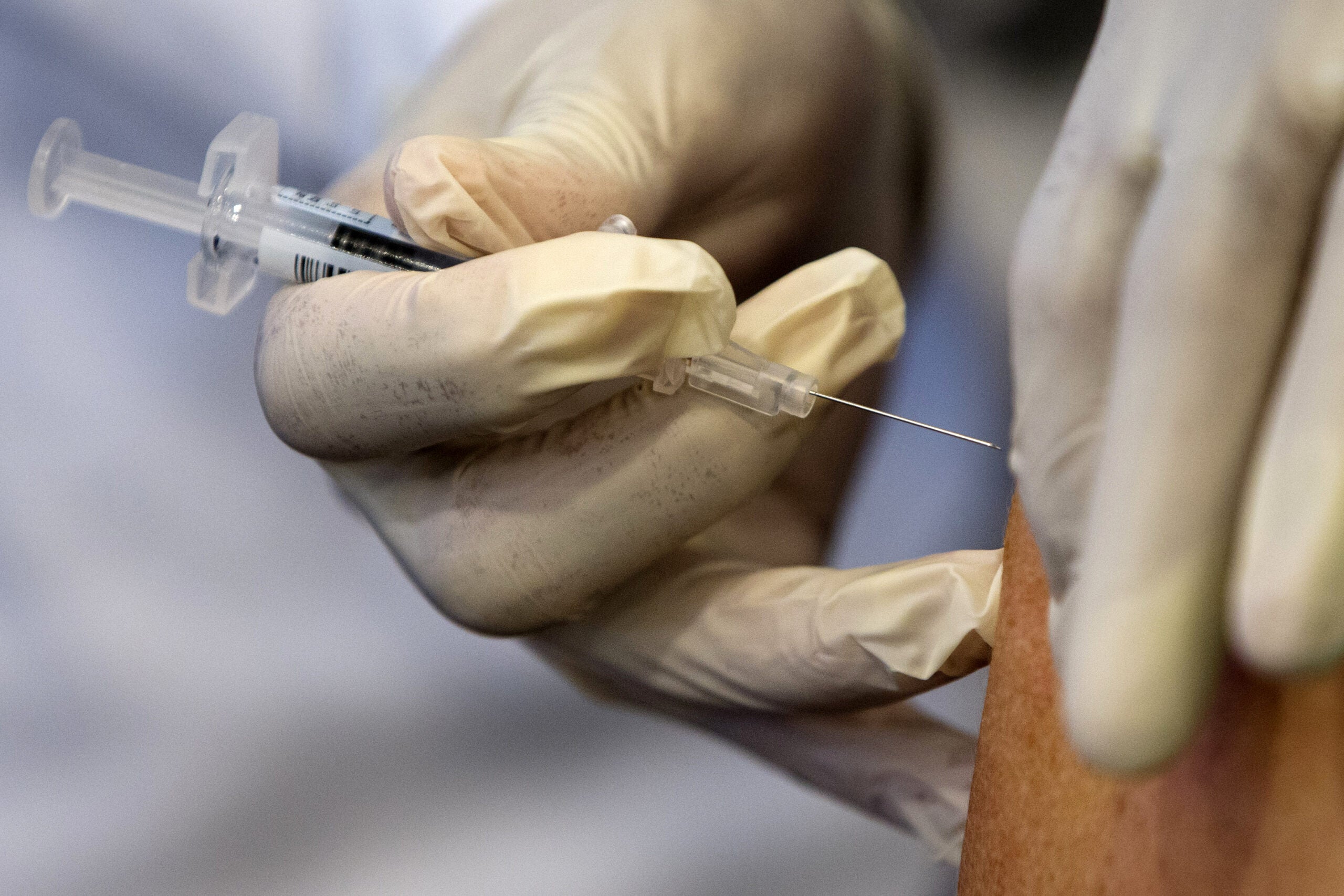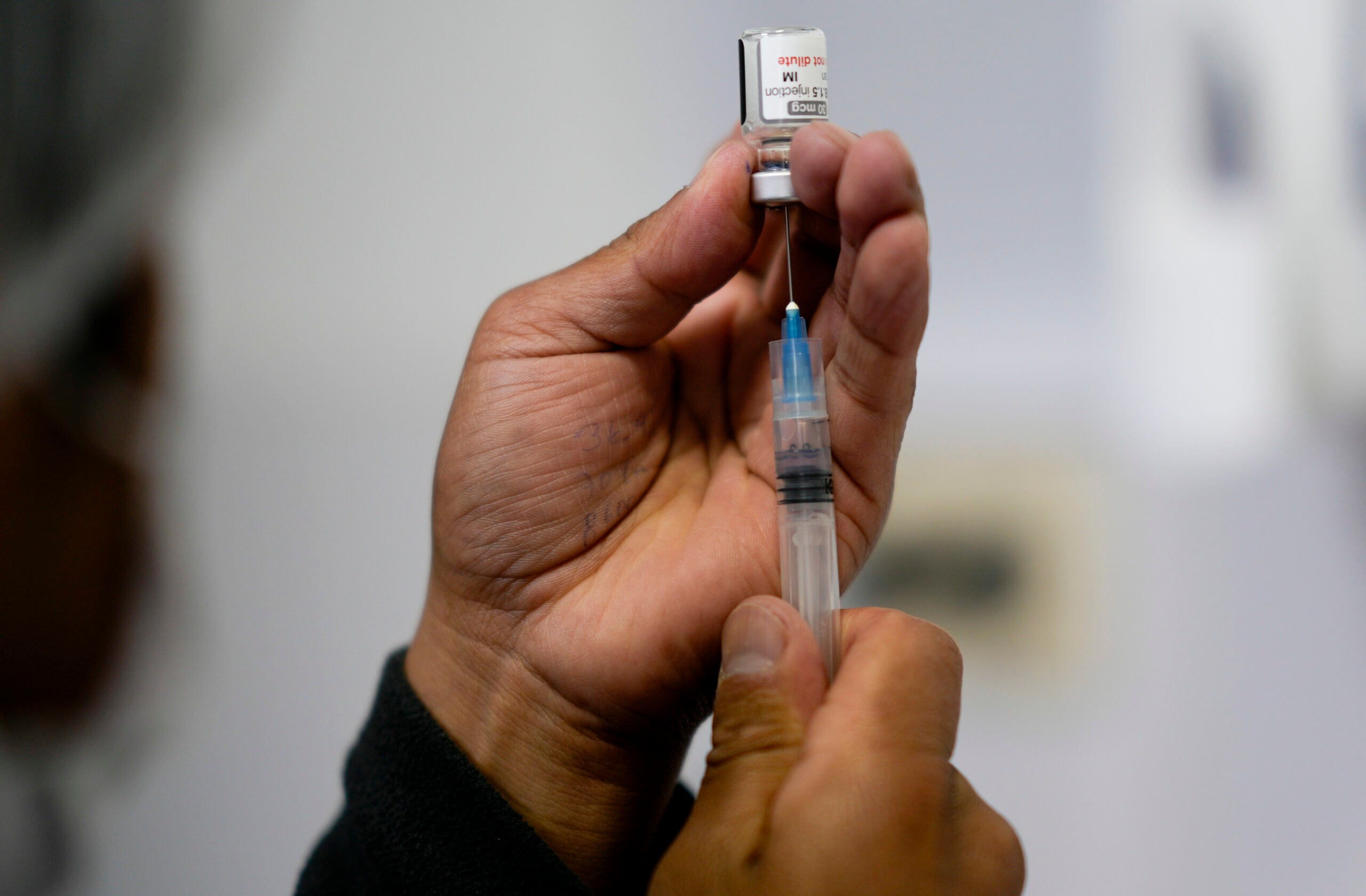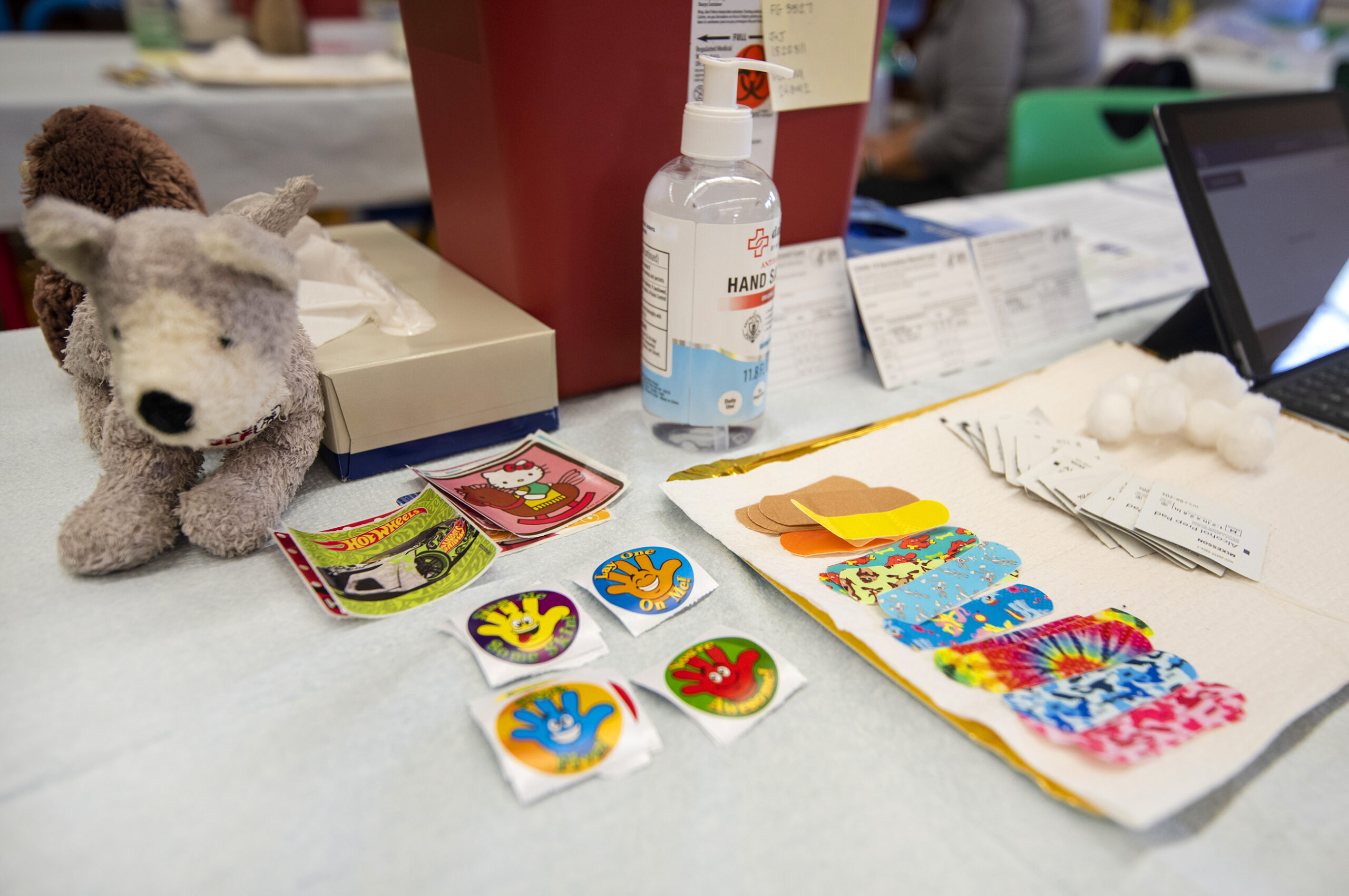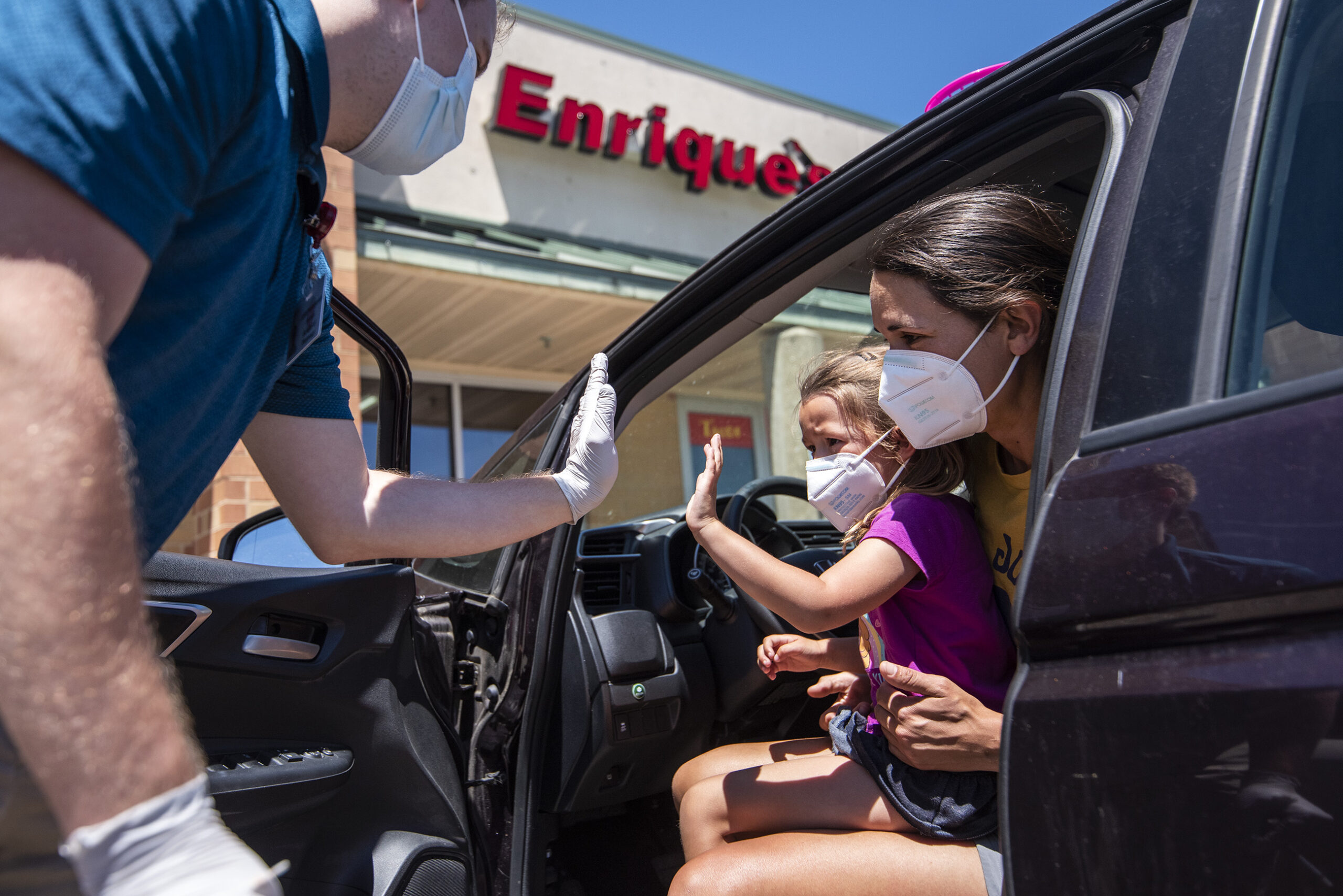Children and parents aren’t the only ones feeling the strain of this year’s respiratory virus season. Manufacturers of the antibiotic amoxicillin are also struggling to keep up.
The U.S. Food and Drug Administration added amoxicillin to its list of nationwide drug shortages on Oct. 28. That shortage hasn’t let up, and one brand of the drug is completely unavailable.
Surges in cases of Respiratory Syncytial Virus, or RSV, influenza and rhino/enteroviruses among children are leading to more prescriptions of the antibiotic being doled out. Supplies of the liquid, or suspended version of the drug used for children is currently the most strained.
News with a little more humanity
WPR’s “Wisconsin Today” newsletter keeps you connected to the state you love without feeling overwhelmed. No paywall. No agenda. No corporate filter.
Lucas Schulz is the clinical manager for Infectious Diseases Pharmacy at UW Health in Madison. He said delays in manufacturing, order processing and an increase in demand is driving the scarcity.
“We expect there to be an increase in amoxicillin use in respiratory virus season. But this year has been especially busy,” Schulz said. “We’ve been using more than we’ve historically done. So when the demand exceeds the supply, we wind up with a shortage.”
The Wisconsin Department of Health Service’s weekly respiratory virus surveillance report counted 2,273 cases of RSV from Oct. 30 to Nov. 5. In contrast, last year’s respiratory season peaked in September, and at its height DHS reported 867 cases of RSV.
Schulz said UW Health is used to dealing with drug shortages for a variety of reasons and has been able to maintain a steady supply. But he has heard from community pharmacies that keeping the antibiotic on hand has been tricky.
Hannet Tibagwa Ambord is the director of pharmacy at Reedsburg Area Medical Center and president-elect of Pharmacy Society of Wisconsin. She says they’ve noticed amoxicillin supplies decreasing, but they still have inventory available.
“Having said that, we can see when we go to order the medication through a wholesaler, it’s allocated. So you can only receive so much inventory,” she said.
There are alternatives to amoxicillin, including another antibiotic called augmentin. Schulz said while alternatives are equally effective, the upside of amoxicillin is that it has fewer side effects.
“There are tablets and capsules and chew tablets of amoxicillin that are not currently under shortage,” he said. “So we sometimes just have to switch to an alternative like a chew tablet, which for some kids can be hard to chew or take.”
Another key is to know when antibiotics are the appropriate treatment.
Viruses — like the ones behind the slew of respiratory illnesses right now — can’t be treated with antibiotics. Tibagwa Ambord stressed the importance of trusting health care professionals when they decide whether or not to prescribe a drug.
“Not every respiratory illness requires the patient have an antibiotic,” she said. “And so because you go to your doctor and the doctor doesn’t give you the amoxicillin, also does not mean that your child needs that amoxicillin. It could be a virus and some of those just kind of have to take their course and get better.”
Schulz added that secondary bacterial infections, like ear infection, pneumonia or strep throat, can crop up as a result of a virus. That’s when antibiotics are the answer.
As for how long the shortage will last, Schulz said that’s difficult to predict.
“I think it will be a matter of time before manufacturing catches up and is able to meet that (demand),” he said. “We’ve always known there’s a respiratory virus season, and we can watch antibiotic prescriptions go up concurrently when that occurs. And capitalism and manufacturing, the big pharma, follows that and adjusts their manufacturing accordingly.”
In the meantime, Tibagwa Ambord suggests health care professionals avoid unnecessarily stockpiling antibiotics like amoxicillin.
“It tends to be a short-term fix that then exacerbates shortages and prevents that drug from getting to those patients that actually need it,” she said.
Wisconsin Public Radio, © Copyright 2025, Board of Regents of the University of Wisconsin System and Wisconsin Educational Communications Board.

